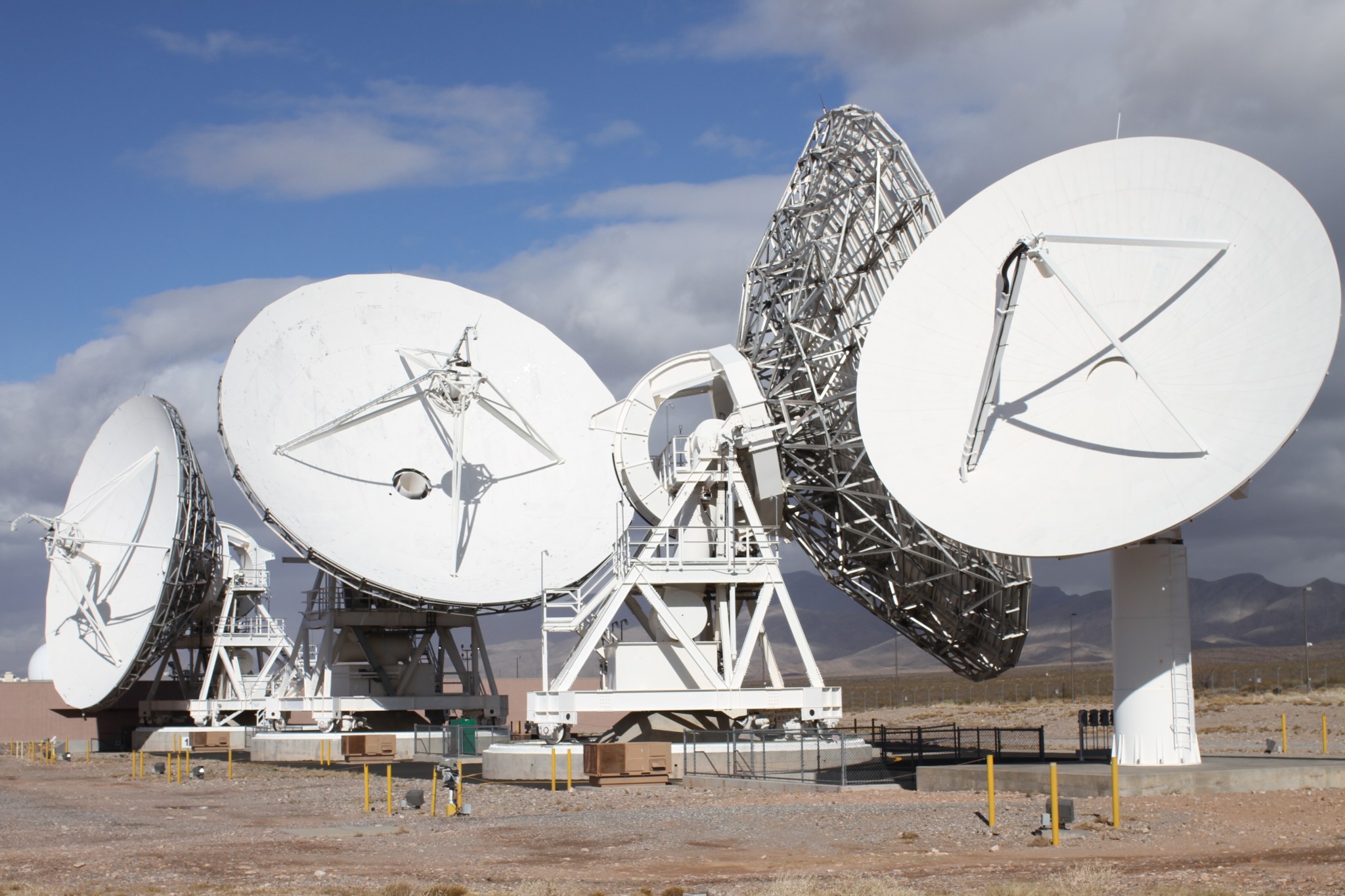Overview
The Near Space Network (NSN) is more than just an aggregation of the Near Earth Network’s and Space Network’s space-based technologies, ground stations and antennas; it’s the network through which NASA and other space users will now arrange for support services for their near-Earth missions which include direct-to-Earth services and relay capabilities. Critically, those support services may be provisioned through government or commercial network assets in a way that is seamless to users—a cornerstone in SCaN’s effort to incorporate increasing levels of commercial service while ensuring mission needs are met.
The NSN provides telemetry, commanding, ground-based tracking, data and communications services to a wide range of customers with satellites:
- in low Earth orbit (LEO)
- geosynchronous orbit (GEO)
- highly elliptical orbit (HEO)
- lunar orbit
In addition, the NSN consists of a constellation of geosynchronous (Earth orbiting) satellites named the Tracking Data Relay Satellite (TDRS), operating 24 hours a day, seven days a week, 365 days per year. These assets provide continuous global coverage to NASA missions in LEO and to launch vehicles during their launch and ascent phase, including every launch of a U.S. Government satellite. Support is also provided to missions in HEO when the orbit brings the spacecraft within range.
The NSN is managed and operated by NASA’s Goddard Space Flight Center in Greenbelt, Maryland. Visit the Exploration and Space Communications page for more information.






























